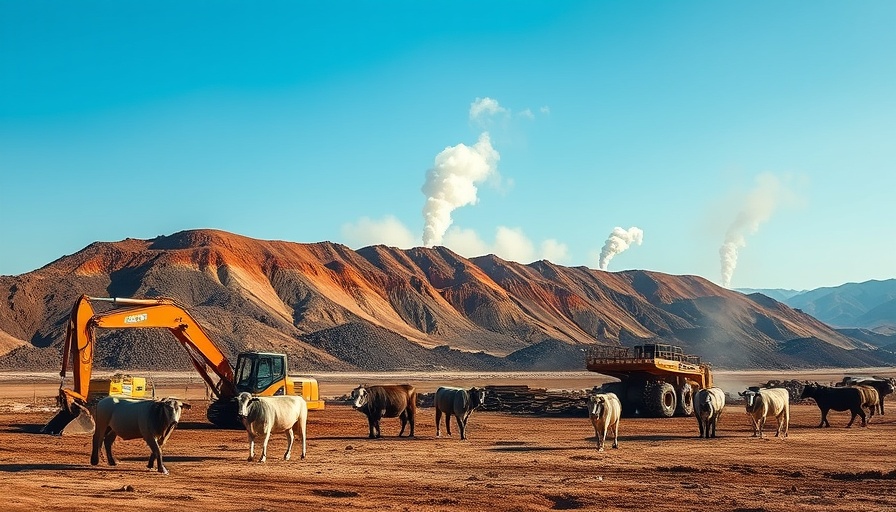
Global Hunger Declines As Conflicts and Climate Continue to Challenge Progress
While 2024 marks a year of progress in globally reducing hunger, stark contrasts remain between regions, particularly when looking at Africa and Western Asia. According to the newly released State of Food Security and Nutrition in the World (SOFI) report, around 673 million people struggled with hunger last year, representing a decrease from previous years, but underlying problems still threaten to disrupt these gains.
Understanding the Global Landscape of Hunger
The FAO reported that in 2024, the global hunger rate fell to approximately 8.2% of the world’s population, down from 8.7% in 2022. This improvement reflects a concerted global effort, yet it masks the troubling reality that parts of Africa and Western Asia are facing unprecedented food insecurity. In these regions, hunger rates have surged past 20% and 12.7% respectively, thought to be exacerbated by conflicts and environmental challenges.
Climate Change and Conflict: The Twin Threats
Climate change plays a pivotal role in the rising hunger rates in vulnerable regions. Extreme weather events, such as droughts and floods, have devastated agricultural outputs in several countries, leaving millions without access to adequate food. Concurrently, protracted conflicts in regions like Yemen and South Sudan have disrupted food distribution networks and destroyed local agricultural economies, leading to a humanitarian crisis.
Global Initiatives and Local Action: A Call for Collaboration
Despite the grim outlook in some areas, international organizations are addressing these challenges head-on. FAO Director-General QU Dongyu emphasized the need for global collaboration and innovative solutions to provide support specifically tailored for the communities most in need. Partnerships among governments, NGOs, and local entities can create sustainable food systems that withstand external shocks.
Positive Trends in Other Regions
While Africa and Western Asia grapple with rising hunger, other regions are witnessing positive trends. Notably, Asia recorded a reduction in the undernourished population to 6.7%, down from 7.9%. Similarly, Latin America and the Caribbean also made strides, with undernourishment dropping to 5.1%. These variations highlight that while global progress is occurring, it is not uniform, and specific policies must be implemented to ensure all regions benefit.
What This Means Moving Forward
To effectively combat hunger on a global scale, nations must tailor their strategies based on regional needs, focusing on both humanitarian aid and long-term agricultural practices. Now more than ever, addressing the unique challenges of regions suffering from persistent hunger will require organized efforts that not only provide immediate assistance but also promote sustainable development.
As we move into the future, it’s crucial that governments and organizations prioritize food security initiatives, encouraging sustainable practices and fostering resilience against the compounded challenges posed by climate change and conflict.
 Add Row
Add Row  Add
Add 




Write A Comment